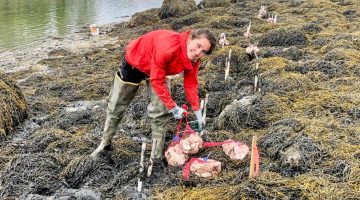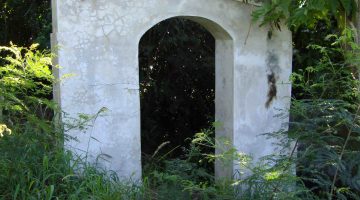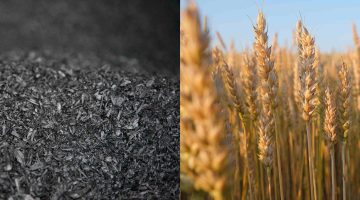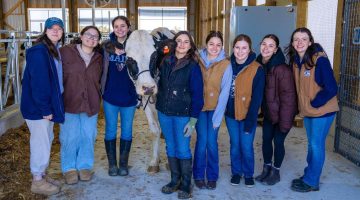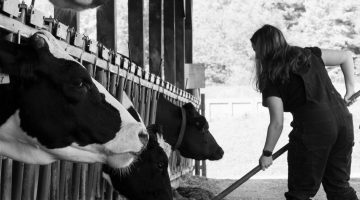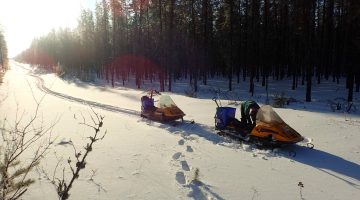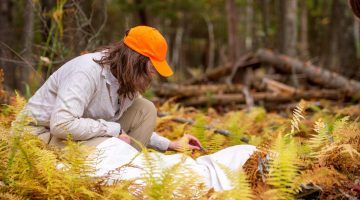UMaine oceanographer trains future scientists on North Atlantic voyage Darling Marine Center documents local shellfish harvesting trends, changes
By studying the Damariscotta and Medomak River estuaries, University of Maine researchers have formally documented shifts in shellfish populations, from soft shell clams to oysters. Because Maine’s intertidal mudflats, such as those found in these estuaries, are difficult to study, this work filled an important gap in information about shellfish harvesting. Research documented how tidal […]
Read more
